 Abraham Lincoln
If given the truth, the people can be depended upon to meet any national crisis...
Abraham Lincoln
If given the truth, the people can be depended upon to meet any national crisis...
 Guildford news...
for Guildford people, brought to you by Guildford reporters - Guildford's own news service
Guildford news...
for Guildford people, brought to you by Guildford reporters - Guildford's own news service
Birdwatcher’s Diary No. 38
Published on: 9 Jun, 2013
Updated on: 9 Jun, 2013
By Malcolm Fincham
With young families of birds now on display, buttercups casting a yellow sheen across the meadows and a settled spell of weather to start the month of June, it was at last looking as if summer had arrived.
This was the scene as I cycled out along the towpath of the Wey Navigtions through Guildford town centre in the direction of St Catherine’s Lock on Saturday, June 1.
At Millbrook a pair of swans with a family of seven cygnets showed themselves off by the lock gates.
Cycling on and looking in the direction of Shalford Water Meadows, I was surprised to see three little egrets wading out on the flood plain. As mentioned in previous reports, these were once a rarity, and at one time hunted to extinction in the UK for their feathers.
However, in recent years I have seen them locally but only during winter months, so to see so many at this time of the year was quite a surprise.
Arriving at St Catherine’s Lock, with the evening sun shining on the broom brightly in flower and contrasting beautifully against the cloudless blue sky, I was taken aback by the sound of a willow warbler. Busy trying to get a few pictures as it sung its summer tune, I totally forgot to take a few scenic shots.
But I was able to quite easily spot a male reed bunting as he sat up proudly on top of one of the many flowering broom bushes, calling his tune in the late evening sun.
I was also distracted by the sound of a chiffchaff. Formulating what I thought was a great idea to get a picture of a chiffchaff and a willow warbler to feature how similar they look, and also taking the trouble of finding a You Tube clip for those interested in an ‘in-depth’ analysis, I was very disappointed to notice several days later that the BBC had stolen ‘my’ idea. On its Springwatch programme, it did a very similar thing about these two birds!
Despite my disappointment, I decided to go ahead with my version anyway. Click here to view the You Tube clip.
On my regular visits along the River Wey on the northern side of Guildford, pied wagtails now joined in with grey wagtails collecting Mayfly in mid-flight over the river.
I have also noticed that although some of our resident birds, such as song thrushes, are still quite vocal, most of the warblers (apart from blackcaps it seems) have started to quieten down in the last week, having now found breeding partners.
I did notice and take a few photos of a sedge warbler in some reeds by the small pond along the boardwalk at the Riverside reserve, singing its ‘scratchy’ song.
Although the common terns seem to be still doing well, I’m saddened to say that just one of the four great crested grebes I pictured in my previous report could be seen by the end of this week.
On Chinthurst Hill near Wonersh, not for the first time this year I spotted a pair of red-legged partridges as they scurried out of sight into the undergrowth.
Shortly after I took a few pictures of a common buzzard as it hovered ‘kestrel-like’ over the hill.
Such hills are often good places to spot birds of prey, probably due to the thermals of air they create. This was certainly the case once again on the morning of Saturday, June 8, on the same hill, where, although this time only a distant view, both a common buzzard and a red kite could be seen together.
Back at home, although I haven’t had any luck with birds nesting in either of my bird boxes yet this year, I was pleased to hear the sound of young chicks calling in my back garden. It was coming from a tiny hole just below my neighbour’s sloping roof. While watching I was pleased to see a blue tit arrive back with food for its young.
Responses to Birdwatcher’s Diary No. 38
Leave a Comment Cancel replyPlease see our comments policy. All comments are moderated and may take time to appear. Full names, or at least initial and surname, must be given.
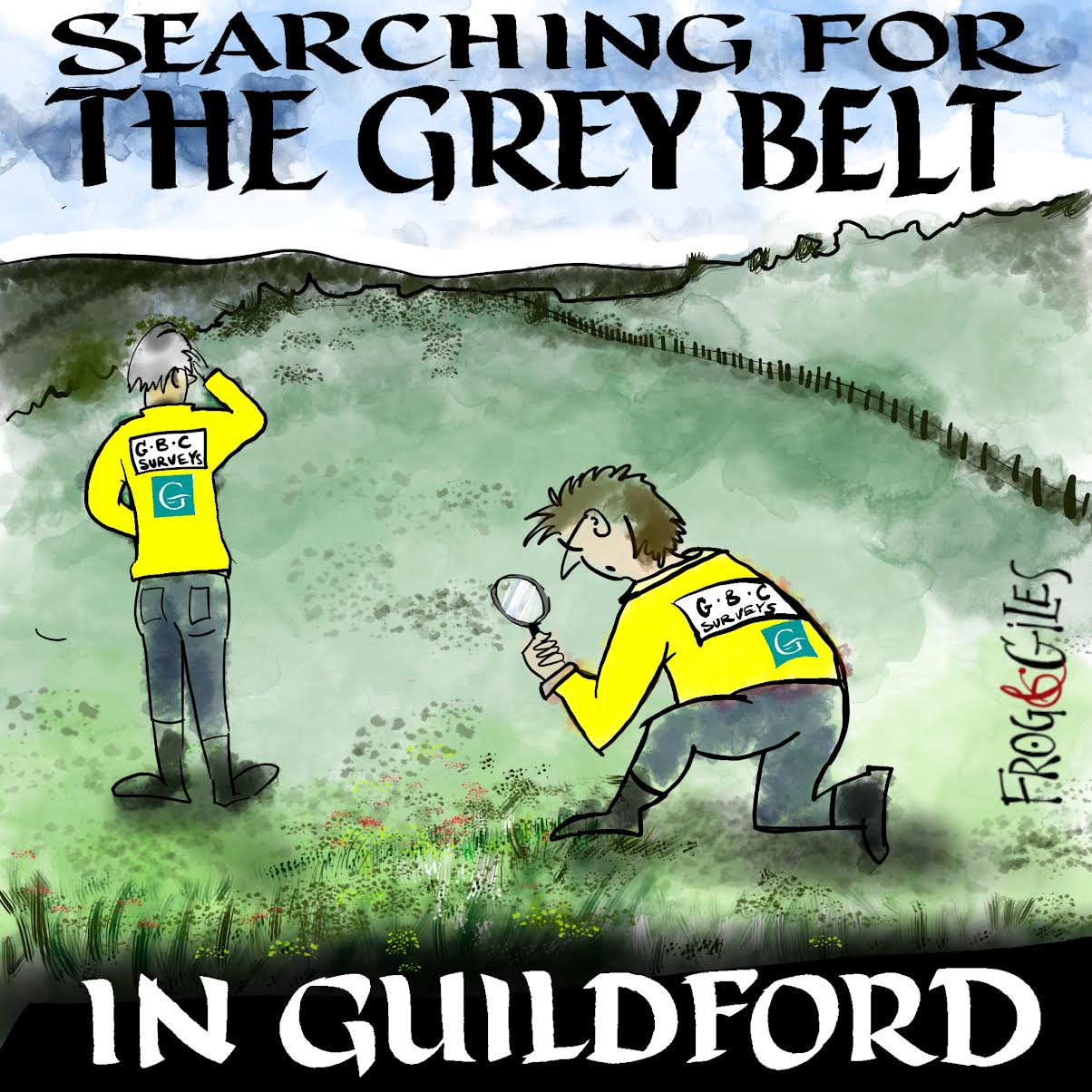
"Found any?" - "Nope, it all looks green to me!" (See Opinion: The Future is Congested, the Future is Grey)


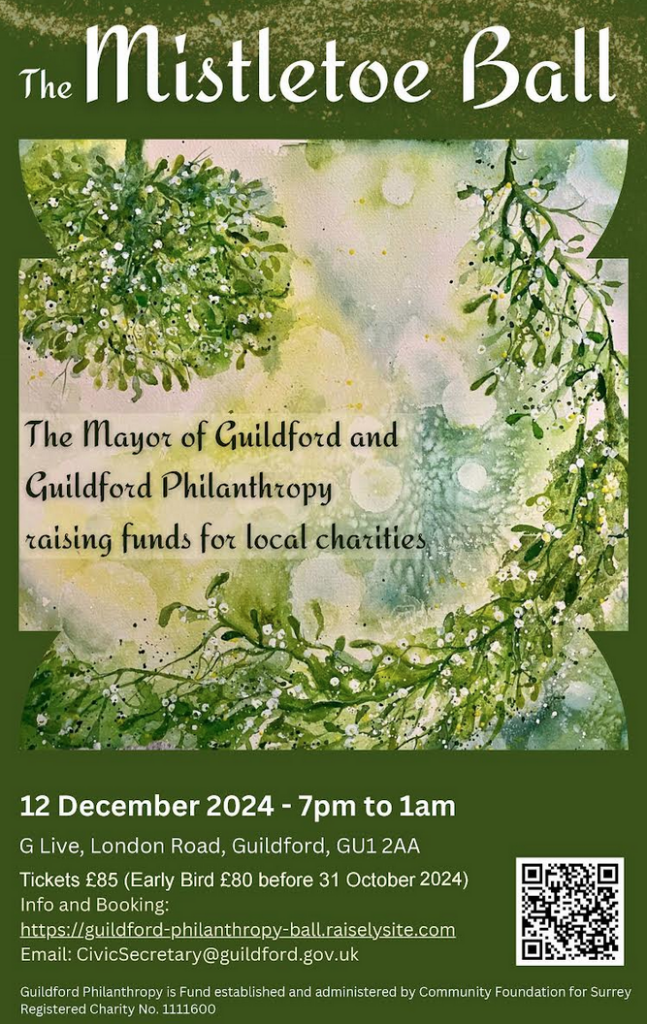

Recent Articles
- Student Named Land Based and Horticulture Learner of the Year
- Artventure Studio Celebrates its 40th Anniversary
- Ash Level Crossing Will Close Before Opening of New Road Bridge
- Updated: Fire at Ash Manor School Tennis Centre Was ‘Accidental’
- Witness Appeal Following Collision on A3 Esher Bypass
- Technical Fault
- Sara Sharif Trial Latest – Sara Was the Victim of a ‘Normalised Culture of Violence’
- Parish Council and CPRE Pleased with MP’s Support for Call In of Solar Farm Decision
- Letter: Memories of Woodbridge Park House and 1950s Guildford
- Letter: The Active Travel Proposal Is the Safest Option for London Road


Recent Comments
- Paul Robinson on Letter: The Active Travel Proposal Is the Safest Option for London Road
- Mike Smith on Photo Feature: Freiburg, Guildford’s Twin – Friends for 45 Years
- Derek Payne on SCC Cabinet’s Decision to Scrap London Road Scheme ‘Called-in’ by Select Committee
- John Perkins on Letter: LRAG Has Morphed from a Cross-community Group into a Pressure Group
- Maria Duarte on Sara Sharif Trial Latest – Sara Was the Victim of a ‘Normalised Culture of Violence’
- Bethan Moore on Letter: We Need to Stop Shouting and Start Listening
Search in Site
Media Gallery
Dragon Interview: Local Artist Leaves Her Mark At One of England’s Most Historic Buildings
January 21, 2023 / No Comment / Read MoreDragon Interview: Lib Dem Planning Chair: ‘Current Policy Doesn’t Work for Local People’
January 19, 2023 / No Comment / Read MoreA3 Tunnel in Guildford ‘Necessary’ for New Homes, Says Guildford’s MP
January 10, 2023 / No Comment / Read More‘Madness’ for London Road Scheme to Go Ahead Against ‘Huge Opposition’, Says SCC Leader
January 6, 2023 / No Comment / Read MoreCouncillor’s Son Starts Campaign for More Consultation on North Street Plan
December 30, 2022 / No Comment / Read MoreCounty Council Climbs Down Over London Road Works – Further ‘Engagement’ Period Announced
December 14, 2022 / No Comment / Read MoreDragon Interview: GBC Reaction to the Government’s Expected Decision to Relax Housing Targets
December 7, 2022 / No Comment / Read MoreHow Can Our Town Centre Businesses Recover? Watch the Shop Front Debate
May 18, 2020 / No Comment / Read More



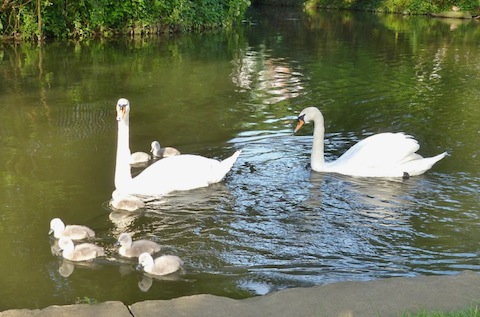
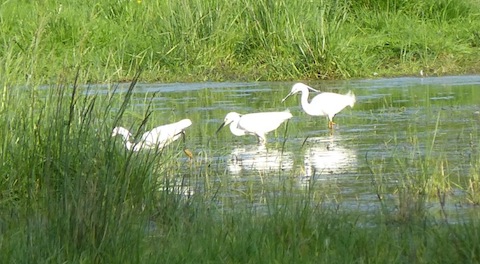
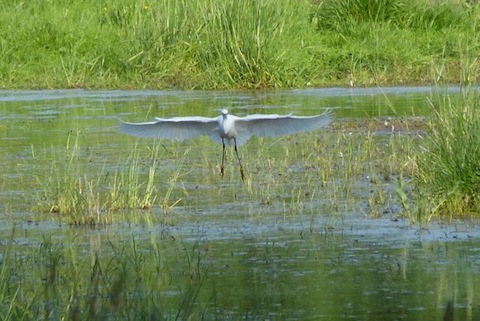
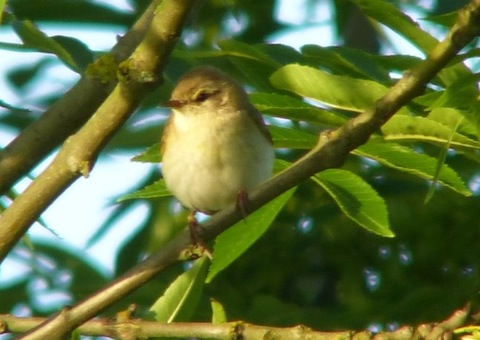

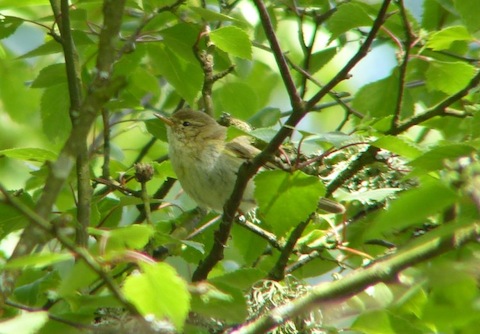
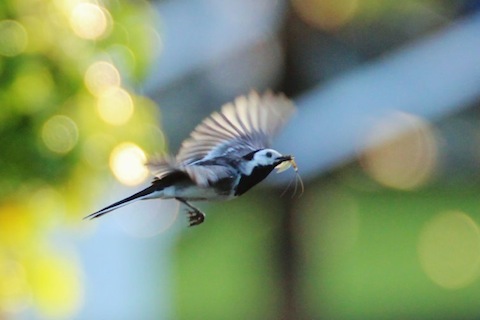
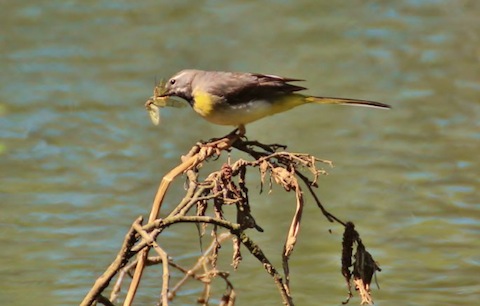


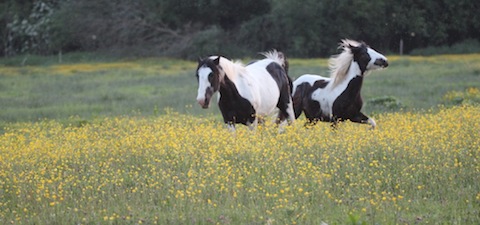





Mike Beer
June 20, 2013 at 1:36 pm
Very interesting photos again. Spotting the difference between chiffchaff and willow warbler is not easy. I believe that there are nightjars on Blackheath Common but not yet seen.